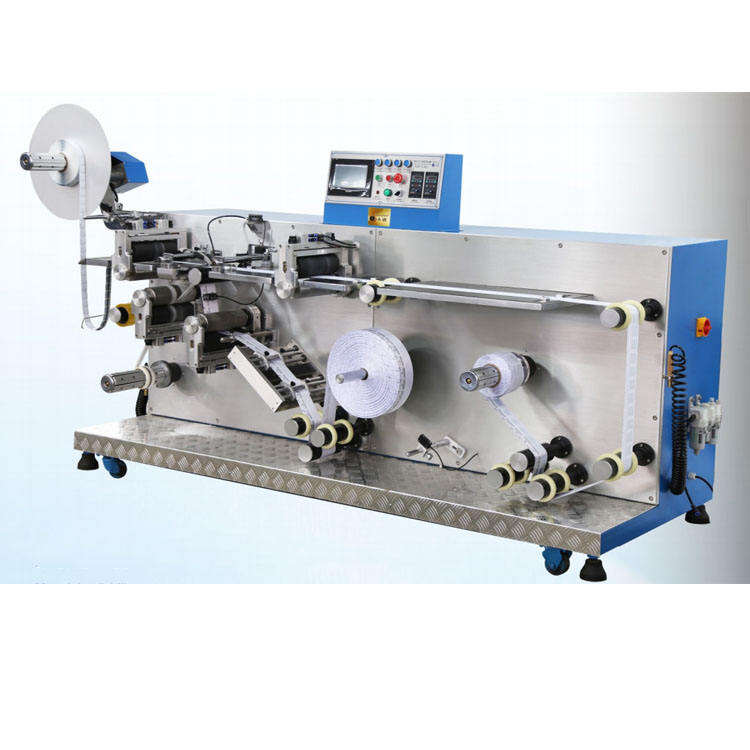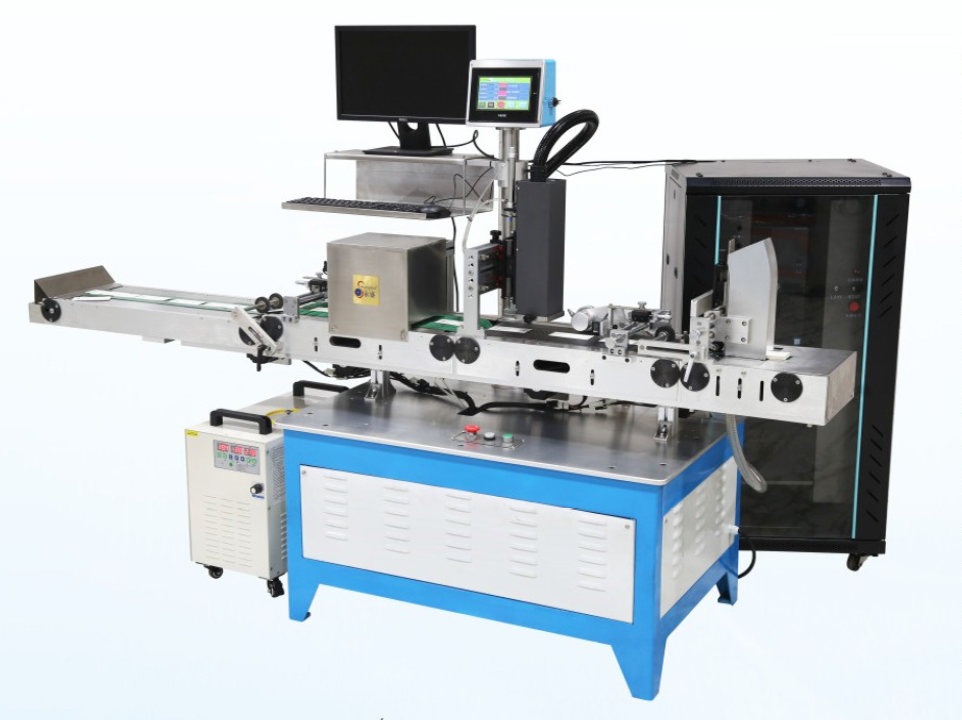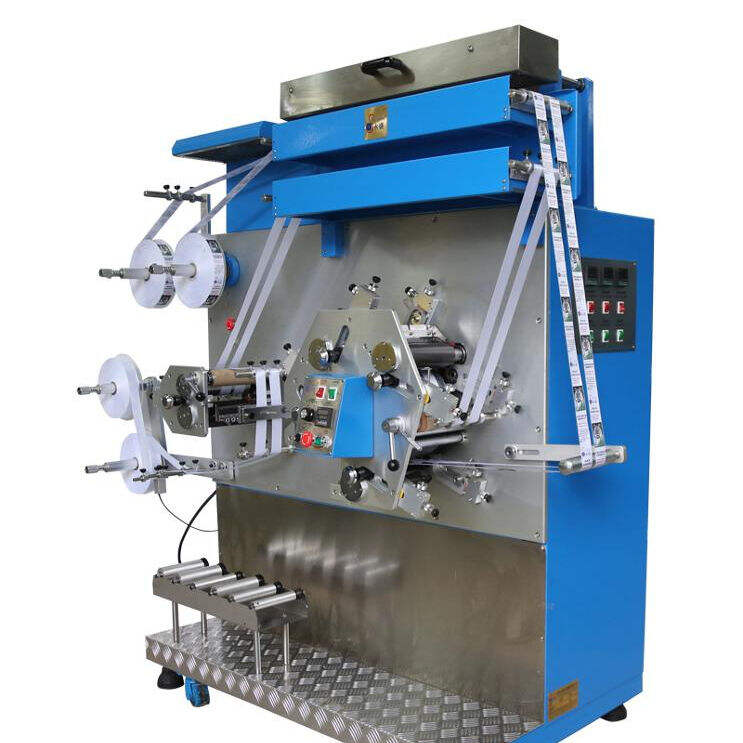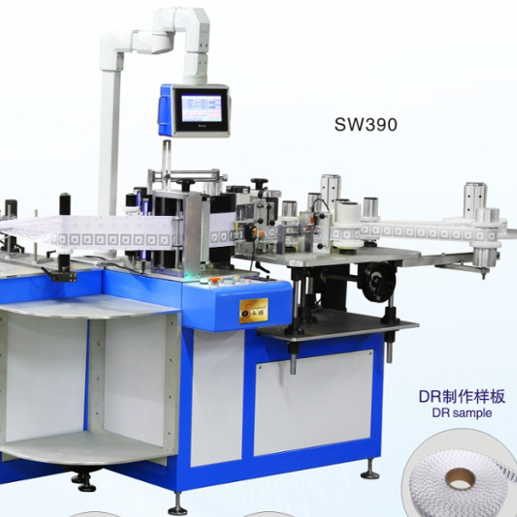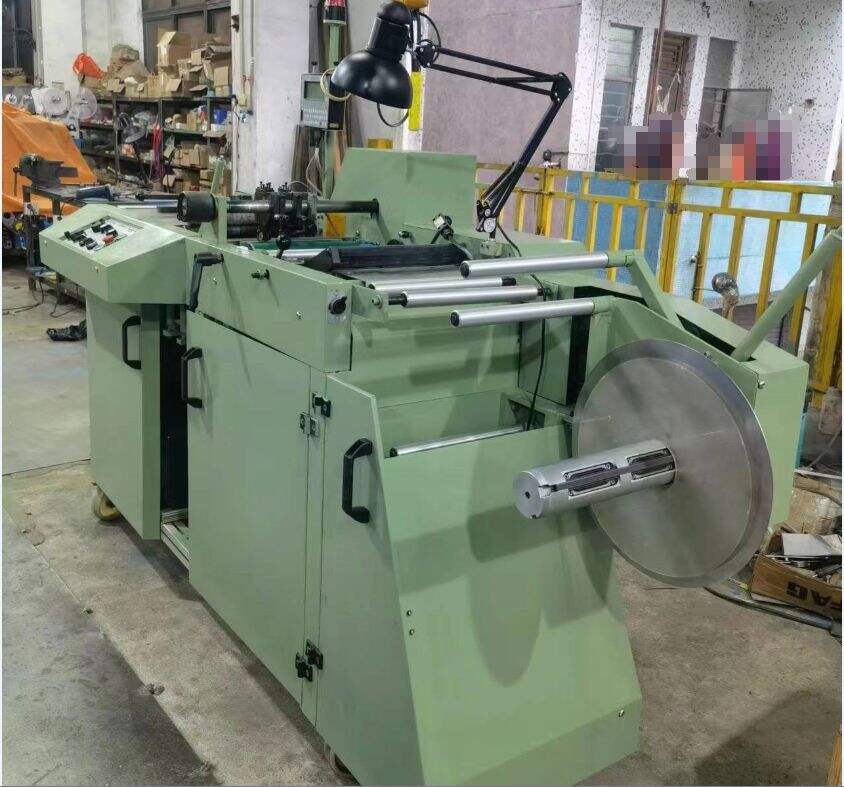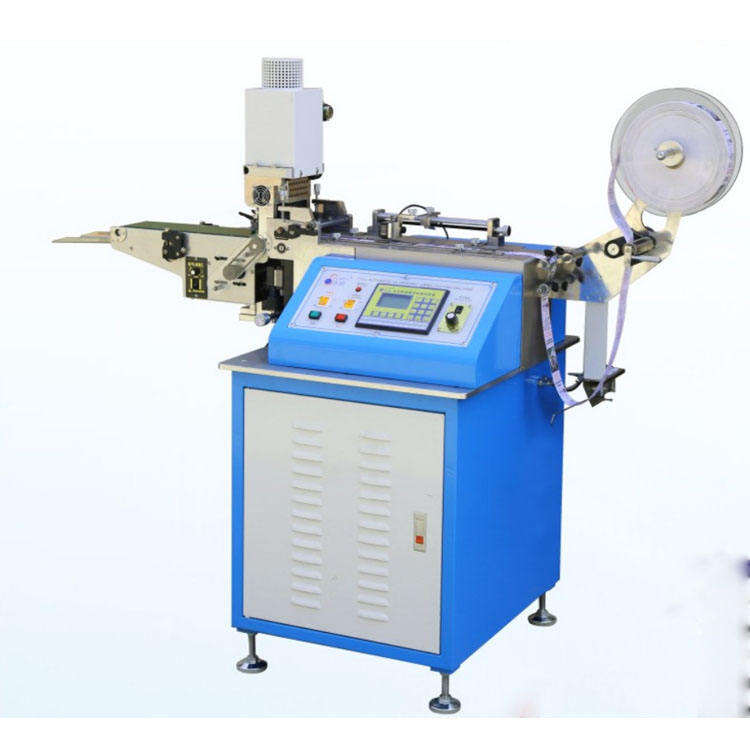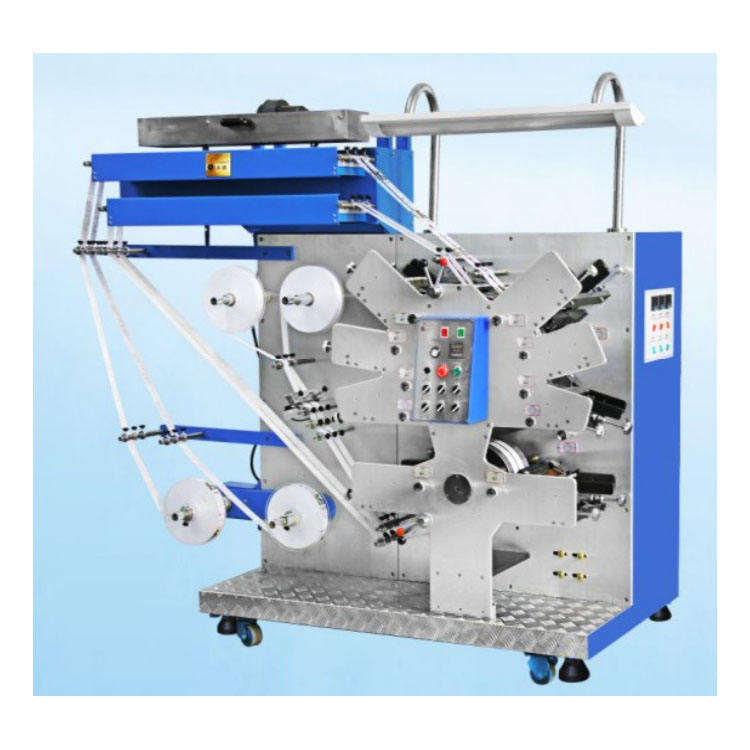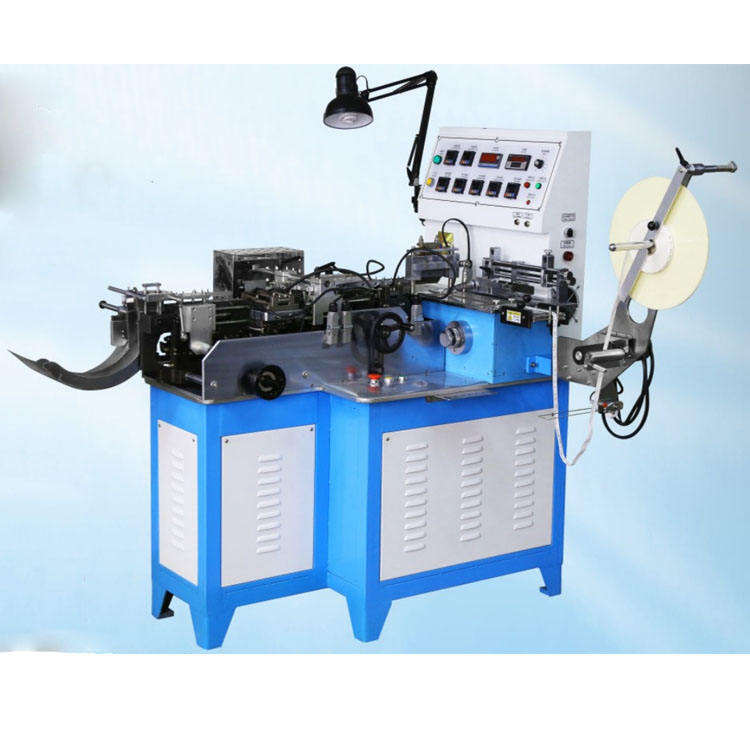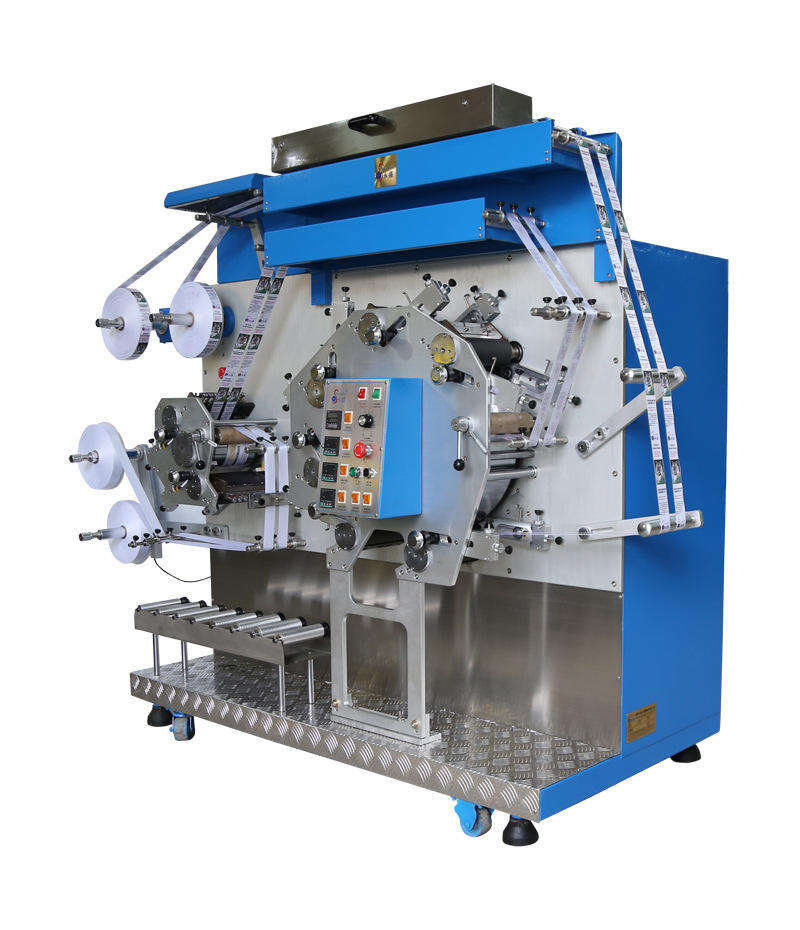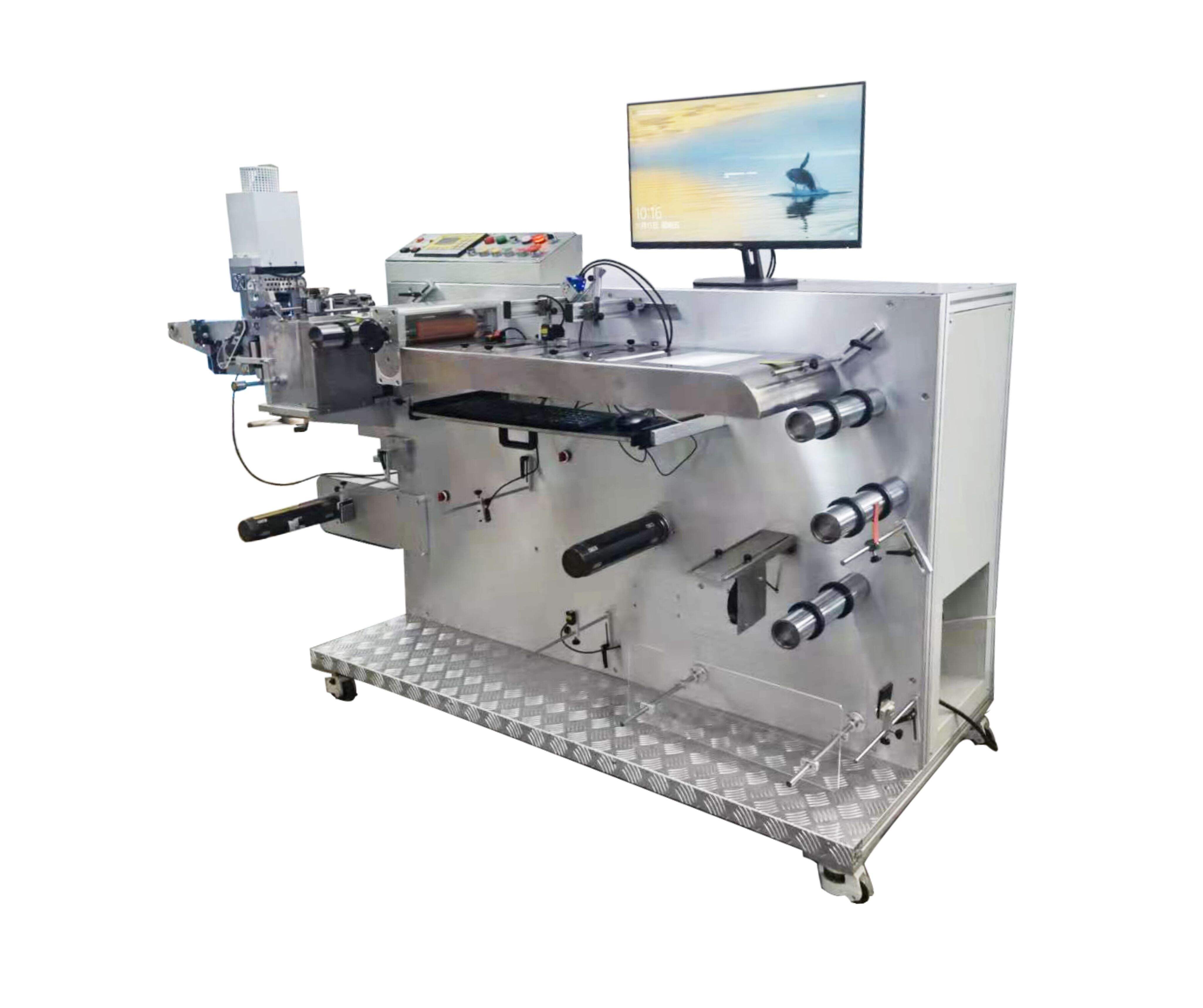How Can Suppliers Customize Ultrasonic Cutting Machines for Industry Needs?
Understanding the Evolution of Ultrasonic Cutting Technology
The industrial manufacturing landscape has witnessed remarkable transformations in recent years, with ultrasonic cutting machines emerging as a revolutionary force in precision cutting applications. These sophisticated machines harness high-frequency vibrations to deliver clean, precise cuts across various materials, from delicate textiles to robust composites. The technology behind ultrasonic cutting machines continues to evolve, offering manufacturers unprecedented levels of accuracy and efficiency in their production processes.
Modern ultrasonic cutting machines represent the pinnacle of cutting-edge engineering, combining advanced vibration technology with precise control systems. Their ability to cut materials without creating heat or mechanical stress has made them indispensable across numerous industries, from automotive manufacturing to food processing. As demand grows for customized solutions, suppliers are increasingly focusing on developing tailored ultrasonic cutting machines that meet specific industry requirements.
Core Components of Customizable Ultrasonic Cutting Systems
Advanced Transducer Technology
The heart of ultrasonic cutting machines lies in their transducer systems, which convert electrical energy into mechanical vibrations. Customization begins with selecting the appropriate transducer specifications, including frequency range, power output, and amplitude capabilities. Suppliers can modify these parameters to optimize cutting performance for specific materials and applications, ensuring optimal results for each unique industrial requirement.
Modern transducers incorporate advanced materials and designs that enhance efficiency and durability. By carefully selecting transducer components and configurations, suppliers can create ultrasonic cutting machines that deliver consistent performance even in demanding industrial environments. This level of customization ensures that each system meets the exact specifications required by different manufacturing processes.
Specialized Cutting Tools and Accessories
The cutting tools used in ultrasonic cutting machines play a crucial role in determining the quality and efficiency of the cutting process. Suppliers offer a wide range of specialized blades, horns, and accessories that can be customized based on material properties, cutting patterns, and production requirements. These tools are engineered using advanced materials and precise manufacturing techniques to ensure optimal performance and longevity.
Custom tool designs can incorporate specific features such as unique blade geometries, specialized coatings, and innovative cooling systems. These modifications enable ultrasonic cutting machines to handle challenging materials and complex cutting patterns while maintaining high precision and productivity levels.
Industry-Specific Customization Options
Food Processing Applications
In the food processing industry, ultrasonic cutting machines must meet stringent hygiene and safety standards while delivering precise, clean cuts. Suppliers can customize these machines with food-grade materials, specialized cleaning systems, and automated material handling solutions. The cutting parameters can be fine-tuned for different food products, from soft cheeses to frozen meats, ensuring consistent quality and minimal product waste.
Additional customization options for food processing applications include integrated temperature control systems, automated product loading mechanisms, and advanced safety features. These modifications help food manufacturers maintain high production rates while ensuring product quality and workplace safety.
Textile and Composite Material Processing
The textile and composite materials industry requires ultrasonic cutting machines that can handle delicate fabrics and complex material layups. Suppliers customize these systems with specialized material handling features, precise tension control mechanisms, and advanced pattern recognition capabilities. The cutting parameters can be optimized for different fabric types and thicknesses, ensuring clean edges without material distortion.
Customization options may include automated fabric feeding systems, multiple cutting heads for increased productivity, and integrated quality control systems. These features help manufacturers achieve consistent cutting quality while maximizing production efficiency.
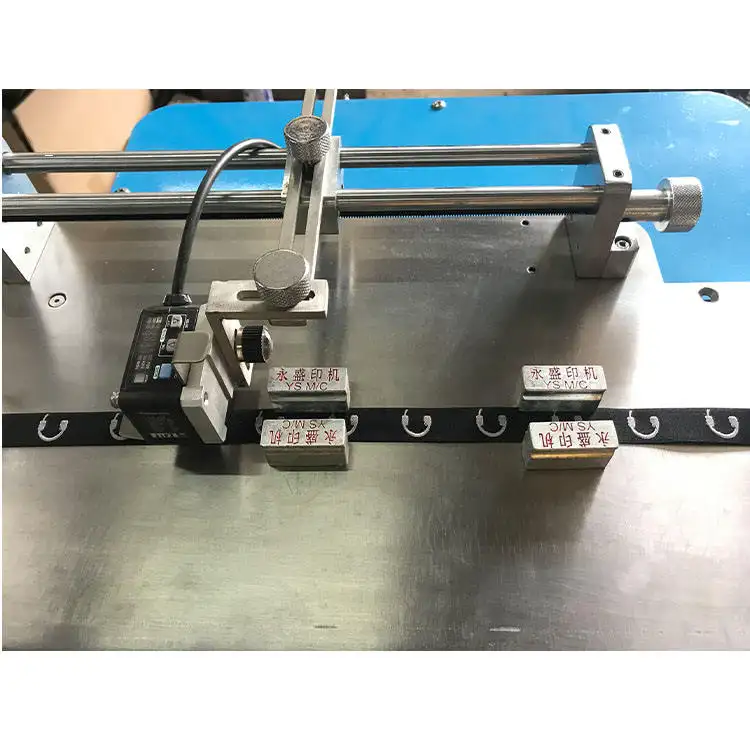
Advanced Control Systems and Integration
Smart Control Interfaces
Modern ultrasonic cutting machines benefit from sophisticated control systems that can be customized to meet specific operational requirements. Suppliers integrate advanced touchscreen interfaces, remote monitoring capabilities, and intuitive programming options to enhance machine usability. These control systems can be tailored to different skill levels and production environments, ensuring optimal operation and maintenance.
Custom control features may include recipe management systems, real-time performance monitoring, and predictive maintenance algorithms. These capabilities help operators maximize machine efficiency while minimizing downtime and maintenance costs.
Industry 4.0 Integration
As manufacturing moves towards greater connectivity and automation, suppliers are customizing ultrasonic cutting machines with advanced Industry 4.0 capabilities. These features include network connectivity, data collection and analysis systems, and integration with existing manufacturing execution systems (MES). Custom communication protocols and data formats ensure seamless integration with different industrial automation platforms.
Enhanced connectivity options enable remote monitoring, automated production scheduling, and advanced analytics capabilities. These features help manufacturers optimize their production processes and maintain competitive advantages in increasingly demanding markets.
Safety and Compliance Considerations
Regional Safety Standards
Suppliers must ensure that customized ultrasonic cutting machines meet various regional safety standards and regulations. This includes incorporating appropriate safety features, emergency stop systems, and protective enclosures based on local requirements. Custom documentation and certification processes help ensure compliance with different regulatory frameworks.
Safety customization options may include advanced interlocking systems, specialized operator training programs, and comprehensive safety documentation packages. These features help manufacturers maintain safe working environments while meeting regulatory requirements.
Environmental Compliance
Environmental considerations play an increasingly important role in machine customization. Suppliers can modify ultrasonic cutting machines to meet specific environmental requirements, including energy efficiency standards, noise reduction measures, and waste management systems. Custom solutions may incorporate eco-friendly materials and energy-saving features to minimize environmental impact.
Additional environmental customization options include integrated recycling systems, energy monitoring capabilities, and sustainable maintenance programs. These features help manufacturers meet environmental goals while maintaining operational efficiency.
Frequently Asked Questions
What factors determine the cost of a customized ultrasonic cutting machine?
The cost of a customized ultrasonic cutting machine depends on several factors, including the level of automation required, specific cutting requirements, control system complexity, and additional features such as material handling systems. The scale of production and integration requirements also influence the final cost. Working closely with suppliers to identify essential features can help optimize the cost-benefit ratio.
How long does it typically take to develop a customized ultrasonic cutting solution?
The development timeline for a customized ultrasonic cutting machine typically ranges from 8 to 16 weeks, depending on the complexity of requirements and level of customization needed. This timeline includes design, manufacturing, testing, and implementation phases. Complex integrations or unique requirements may extend this timeline.
What maintenance considerations should be addressed for customized ultrasonic cutting machines?
Maintenance requirements for customized ultrasonic cutting machines include regular inspection of cutting tools, transducer systems, and control components. Preventive maintenance schedules should be tailored to specific usage patterns and operating environments. Suppliers typically provide comprehensive maintenance documentation and training to ensure optimal machine performance and longevity.
Recommended Products
Hot News
-
Reflect On The Cultural Significance Of The Printing Press In Preserving And Disseminating Knowledge
2023-12-08
-
The Role Of The Printing Press In The Global Economy
2023-12-08
-
Environmental Impact: Analyzing The Environmental Footprint Of The Printing Industry
2023-12-08
-
The Frontier Of Printing: 3d Printing And Its Industrial Renaissance
2023-12-08
-
The Evolution And Impact Of The Printing Press
2023-12-08
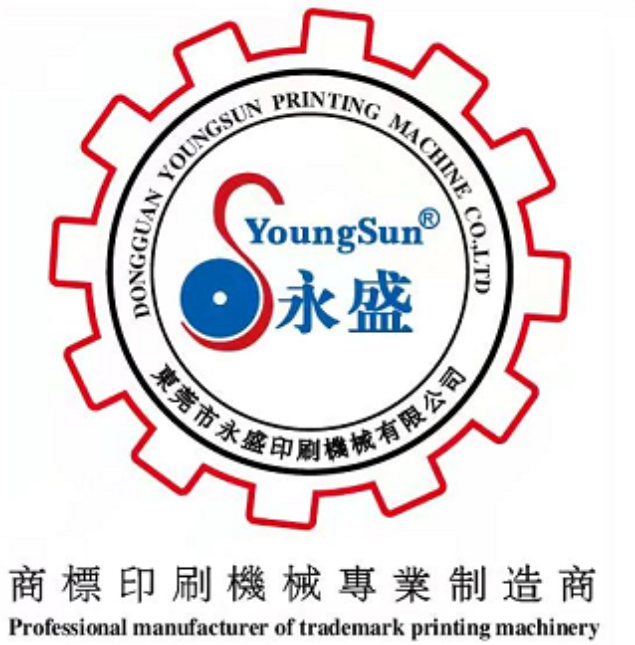
 EN
EN
 AR
AR
 CS
CS
 DA
DA
 NL
NL
 FI
FI
 FR
FR
 DE
DE
 EL
EL
 HI
HI
 IT
IT
 JA
JA
 KO
KO
 PL
PL
 PT
PT
 RO
RO
 RU
RU
 ES
ES
 SV
SV
 IW
IW
 ID
ID
 VI
VI
 SQ
SQ
 HU
HU
 MT
MT
 TH
TH
 TR
TR
 AF
AF
 GA
GA
 BN
BN
 BS
BS
 LO
LO
 LA
LA
 MI
MI
 MN
MN
 NE
NE
 MY
MY
 KK
KK
 UZ
UZ
 KY
KY
